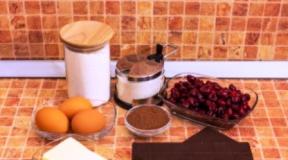Learn the chemical elements
How to quickly learn the periodic table is an urgent issue, both for students of specialized lyceums or universities, and for ordinary students. Especially before passing the exam, gaps in knowledge require urgent rehabilitation. Is it possible in as soon as possible remember all the names of the elements, and most importantly understand their properties? A little time, effort and creativity will make a difficult task quite solvable.
Teaching with the mind
- For a while, the periodic table should be your bible. Print it out, paste it under the glass on the table, carry it with you. An even more effective copy with empty squares, made by hand. Having learned some of the elements, enter them from memory in your table.
- Don't try to memorize everything at once. Study the table in small parts: by columns, rows or color categories.
- Try to look at the table in public transport, in line or when there is nothing to do.
Non-standard approach
Not everyone is able to painstakingly study, constantly repeat the names and properties of table elements. Original methods that are used in the study of foreign languages or invented by caring parents will come to the rescue.
Mnemotechnical method
Children who are not particularly persevering will surely like a fascinating mnemonic method of learning based on the creation of associative links. Information offered in an interesting game form, is easier for a child to perceive and is stored in memory for a long time.
How to quickly learn the periodic table in chemistry using this method? For some of the information, bright memorable associations are selected associated with the picture, words, sounds. Students are invited to pick up words that sound similar to the names of the elements (cesium - Caesar, carbon - baron), write a fascinating story or poem.
Simple elements can be ignored. The familiar "hydrogen" or "helium" is probably already familiar. And for complex names, effective techniques are suitable.
- Name rhyming.
Poems are better remembered, where the elements are grouped according to some sign. Metals rhyme well. “Sodium, potassium and argentum are alkaline monovalent”, etc. Creativity stimulates long-term memory and allows you to learn the periodic table in verse as quickly as possible. - Interesting stories.
Children are invited to come up with real thrillers with table elements as the main characters. The story of the cop Bor 017, who went on a mission in a cool Ferrari (ferrum), and then arrested the evil Baril, will never fade from memory. - Spatial thinking.
Each person remembers well the way to school or the store, he can easily describe his room. You can create entire “memory palaces”, where the elements of the table are represented by tangible real images. So on the way to the park it is easy to imagine a seller of Helium balloons or pale Hydrogen, and in the courtyard of the house of a Silicon tiler. - Songs.
Ready-made songs and even karaoke versions can be found on the Internet. And the masterpieces composed by yourself will definitely not be forgotten.
Associations
To memorize the periodic table, the association method works great. For each element, a interesting fact or history, a small phrase describing its properties.
For example, "boron" can be remembered as a baron who decided to pick mushrooms or cones in a pine forest. Argentium is associated with a story about Argentina, where sailors discovered deposits of silver.
If you need to remember the location of the elements, the order in the table, come up with stories where the characters are described in the same sequence: “Water ruined the helium pen.”
Learning titles with a designation, complemented by a memorable story, will be more conscious and exciting.
Game learning
An excellent help in the study of chemical elements will be desktop and computer games. On the Internet, there are a lot of applications for phones and desktop computers, with the help of which a student can not only quickly learn the material, but also constantly repeat it.
How to quickly learn a table in chemistry was invented by a mother of many children to teach her children. Ordinary infatuation sea battle turned into an educational game. Instead of a battlefield, she suggested using the periodic table, and the elements became the names of the ships.
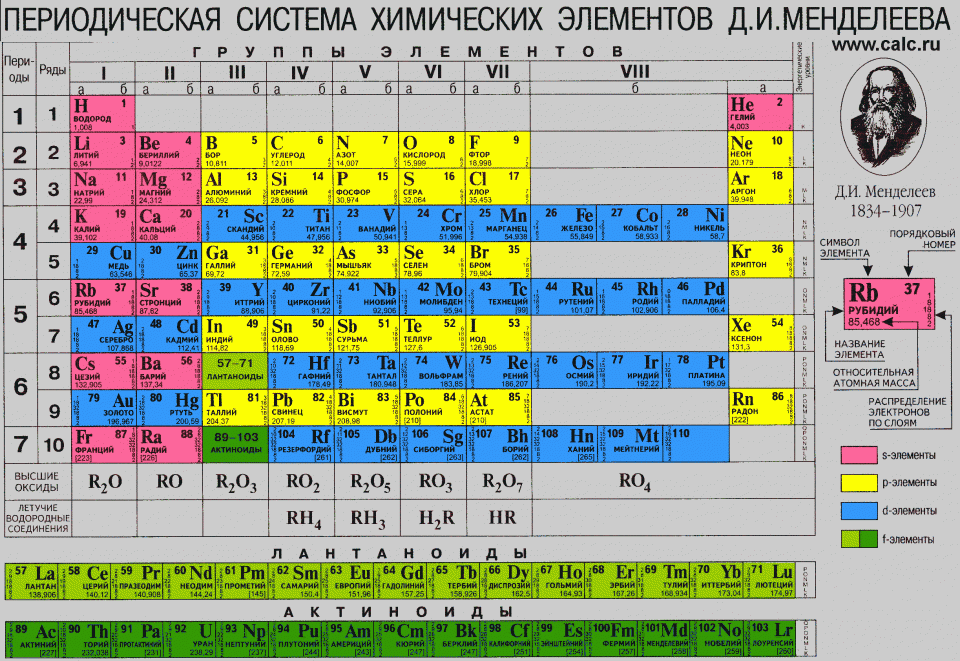
Everyone can master the periodic table. The main thing is not to give up and try to turn memorization of dry information into an exciting activity.
Found an error? Select it and click left ctrl + Enter.
You can get the highest score in chemistry at school only when you know the periodic table by heart. Today we will explain to you how to memorize all the chemical elements as quickly and even interestingly as possible.
Periodic table: history
Mendeleev invented the periodic table of chemical elements more than 150 years ago. The basis for the classification of all elements was the dependence on the charge of the atom and their individual properties. For these reasons, they are grouped in separate parts of the scheme, differ in color designations and names.
Every year, the world scientific community tries to finalize the table due to the discovery of new chemical elements or, in the opinion of individual scientists, to optimize it according to new signs of individual components.
In the first case, new chemical components that have not received world recognition, or their properties have not been approved at the level of the world scientific community, receive only a number and thus occupy a place in a certain block of the usual table. As for optimization, the situation here is somewhat more complicated. Many well-known scientists modified Mendeleev's work, but none of the results obtained was accepted as worthy of the original. The traditional version is still better than any modern refinement.
What is the easiest and fastest way to learn the periodic table? Special methods for this have not yet been invented, but so far no one has canceled the generally accepted methods of effectively memorizing information.
If you need to learn the periodic table quickly
Most often, the time for studying school material is limited and students have to process a large amount of information in the shortest possible time. If the child’s memory is not very well developed, then it will not be possible to easily and quickly learn the table in the classroom. You will have to put in a lot of extra effort.
The first and easiest method for quick memorization is repetition. It is very similar to “cramming”, but differs in unobtrusive contacts with memory, thanks to which short information is easily absorbed.
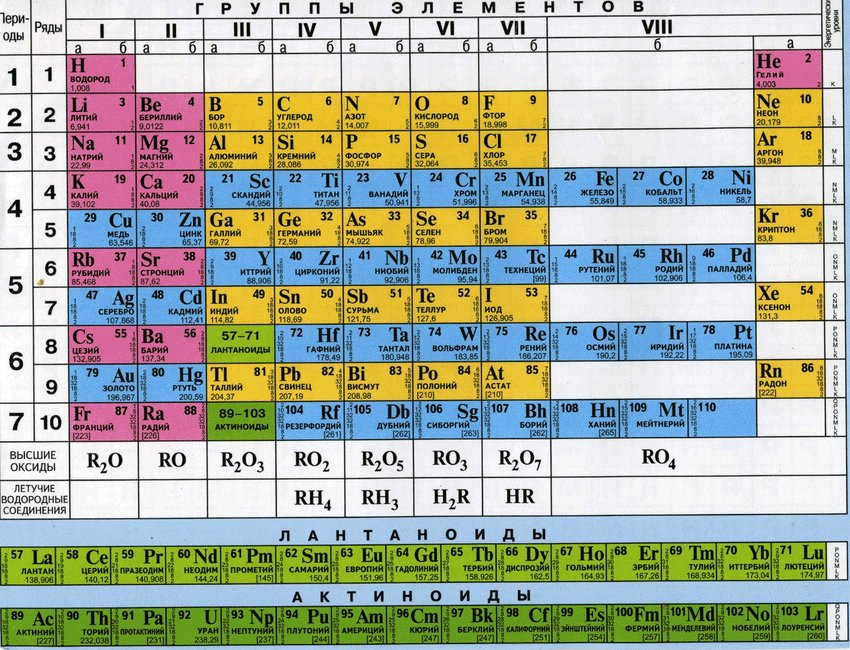
The essence of repetition is that information that needs to be remembered constantly appears before the eyes of the student. It should be presented in short blocks, stated as simply and clearly as possible. To achieve a quick result, do everything right: write periodic elements or their associated small blocks on small sheets of paper, place the latter at eye level throughout the apartment, put small notes in the pocket of everyday clothes. As soon as the eyes get used to what is written, usually it takes no more than 3-4 days (depending on the specifics of the material), the information will no longer seem difficult to remember.
If your handwriting leaves much to be desired, then an alternative option would be to print a spreadsheet. Download the desired image format, color scheme, etc. can be from the Internet or simply refer to the pages of traditional textbooks.
The second way is visual distribution into blocks. If the brain has received a signal, it will be easy for it to work with the task. When, having seen the whole table at once, the child experiences stress, the brain responds in the same way - for him, memorizing it seems overwhelming. Think carefully about how much new data you need to master in a certain period of time and break everything into logical blocks. So your head will not be overloaded, the information will be dosed and remembered for a long time. How the elements will be learned: through rewriting, redrawing, reading aloud, etc., depends only on the preferences of the student himself. Copying and printing the table is still not recommended, as this may increase the time to achieve the desired result.
If these traditional methods do not help you quickly learn all the elements, then you can approach the solution of the problem more creatively and use the method of versification, associations, games, and even creating a “memory palace”.
How to learn the periodic table with interesting methods?
It is no longer a secret for fans of chemistry that students, schoolchildren and even scientists annually create many new songs in verses about chemical elements. For most people, this becomes a kind of humor, but such works are more than important for conquering the periodic table.
Whatever study method you use, don't expect instant results. It is impossible to remember this information in one day. Only associative thinking, games, and even the compilation of a “memory palace” can speed up the memorization process.
Associations and vivid memories- this is the path to the subconscious, thanks to which you can save any information. To get a quick result, remember the brightest events of your life and your favorite things, try to find a logical connection between them and the studied chemical elements. It is quite simple to do this using the example of food, jewelry, technology, etc.
In a playful way, the study of the table can be quite different. New knowledge about the chemical properties of the components of the table can be learned alone or with friends. For this purpose, you can buy Board games, draw themed cards, chips and much more.
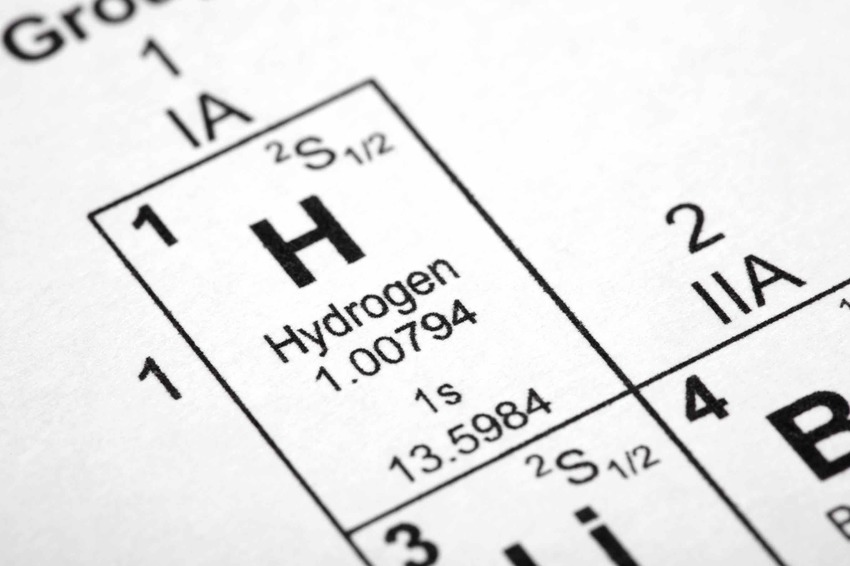
Creating a "memory palace" is the most complex and effective way to memorize. It may take some time to master it, so you need to start training in advance. The bottom line is that you create some image of a house where everything is on its shelves or a story where everything is logically interconnected with illogical events. Thus, the correct information will be out of context and always remain in your memory.
Computer teaching methods: interesting and effective
With the development of technology, of course, new methods of processing and storing information have come. For children, they also came up with many options for how to use a computer for teaching school subjects and even for solving individual problems.
If you want to learn the periodic table using a computer or help your child solve this problem, then they can help you:
- themed games. For children younger age many thematic games have been invented, where chemical elements are presented in the form of animals, fairytale heroes and so on. Each of them fulfills their missions during the game and thus helps the child to learn complex material without much effort;
- simulators. Simulators are needed not only to increase the speed of typing on a computer, they can also be used to achieve incredible results in the study of chemistry, physics, biology and other sciences. IN this case, This effective method memorization, thanks to which you do not have to make many copies of the table for repetition, rewriting and redrawing. Each simulator has its own training methodology and in almost 100% of cases good work results are achieved;
- special programs and training courses. The study of the table of periodic elements can be included in the study of online courses in chemistry. The author's development of the teacher can help to quickly learn even all the Latin names of the components of the table;
- school forums, discussions and competitions. Nothing helps in achieving new results better than rivalry. Many schools today have chats, online conversations between students, and even subject competitions. Participation in them can help you achieve your goal, find like-minded people, and even foster a love for chemistry for many years to come.
Thus, you can learn the periodic table quickly and interestingly, if you approach this issue with all seriousness. There are many methods for remembering complex information about each element, they can be combined, refined and adapted to suit oneself. The main thing is to achieve results without stress and coercion.
How to quickly learn the periodic table is an urgent issue, both for students of specialized lyceums or universities, and for ordinary students. Is it possible to remember all the names of the elements in the shortest possible time, and most importantly, to understand their properties? A little time, effort and creativity!
Teaching with the mind
- For a while, the periodic table should be your bible. Print it out, paste it under the glass on the table, carry it with you. An even more effective copy with empty squares, made by hand. Having learned some of the elements, enter them from memory in your table.
- Don't try to memorize everything at once. Study the table in small parts: by columns, rows or color categories.
- Try to look at the table in public transport, in line or when there is nothing to do.
Not everyone is able to painstakingly study, constantly repeat the names and properties of table elements. Original methods that are used in the study of foreign languages or invented by caring parents will come to the rescue.
Mnemotechnical method
Children who are not particularly persevering will surely like a fascinating mnemonic method of learning based on the creation of associative links. Information offered in an interesting game form is easier for a child to perceive and is stored in memory for a long time.
How to quickly learn the periodic table in chemistry using this method?
For some of the information, bright memorable associations are selected associated with the picture, words, sounds. Students are invited to pick up words that sound similar to the names of the elements (cesium - Caesar, carbon - baron), write a fascinating story or poem.
Simple elements can be ignored. The familiar "hydrogen" or "helium" is probably already familiar. And for complex names, effective techniques are suitable.
- Name rhyming.
Poems are better remembered, where the elements are grouped according to some sign. Metals rhyme well. “Sodium, potassium and argentum are alkaline monovalent”, etc. Creativity stimulates long-term memory and allows you to learn the periodic table in verse as quickly as possible. - Interesting stories.
Children are invited to come up with real thrillers with table elements as the main characters. The story of the cop Bor 017, who went on a mission in a cool Ferrari (ferrum), and then arrested the evil Baril, will never fade from memory. - Spatial thinking.
Each person remembers well the way to school or the store, he can easily describe his room. You can create entire “memory palaces”, where the elements of the table are represented by tangible real images. So on the way to the park it is easy to imagine a seller of Helium balloons or pale Hydrogen, and in the courtyard of the house of a Silicon tiler.
Ready-made songs and even karaoke versions can be found on the Internet. And the masterpieces composed by yourself will definitely not be forgotten.
To memorize the periodic table, the association method works great. For each element, an interesting fact or story is invented, a small phrase describing its properties. For example, "boron" can be remembered as a baron who decided to pick mushrooms or cones in a pine forest. Argentium is associated with a story about Argentina, where sailors discovered deposits of silver.
If you need to remember the location of the elements, the order in the table, come up with stories where the characters are described in the same sequence: “Water ruined the helium pen.” Learning titles with a designation, complemented by a memorable story, will be more conscious and exciting.
Game learning
An excellent help in the study of chemical elements will be board and computer games. On the Internet, there are a lot of applications for phones and desktop computers, with the help of which a student can not only quickly learn the material, but also constantly repeat it.
How to quickly learn a table in chemistry was invented by a mother of many children to teach her children. The usual passion for naval combat has turned into an educational game. Instead of a battlefield, she suggested using the periodic table, and the elements became the names of the ships.
The periodic system of chemical elements of Mendeleev, according to the school curriculum, should be known to all students studying chemistry. Is it possible to quickly memorize and understand it without “memorizing”, read on.
In the periodic table there is a grouping of elements according to their chemical properties(by columns). Study in one day only the elements included in the same group. The next day, start another and repeat the previous ones. It will be very useful for people with a "mechanical" memory to rewrite the entire periodic table with their own hand. At the same time, do not be distracted by extraneous matters and pronounce what you write. To make it easier for you, print or draw several copies of the blank table, and then start filling it out. So with the help of visual memory, the location of some elements will be remembered, and possibly the “neighbors” of many of them.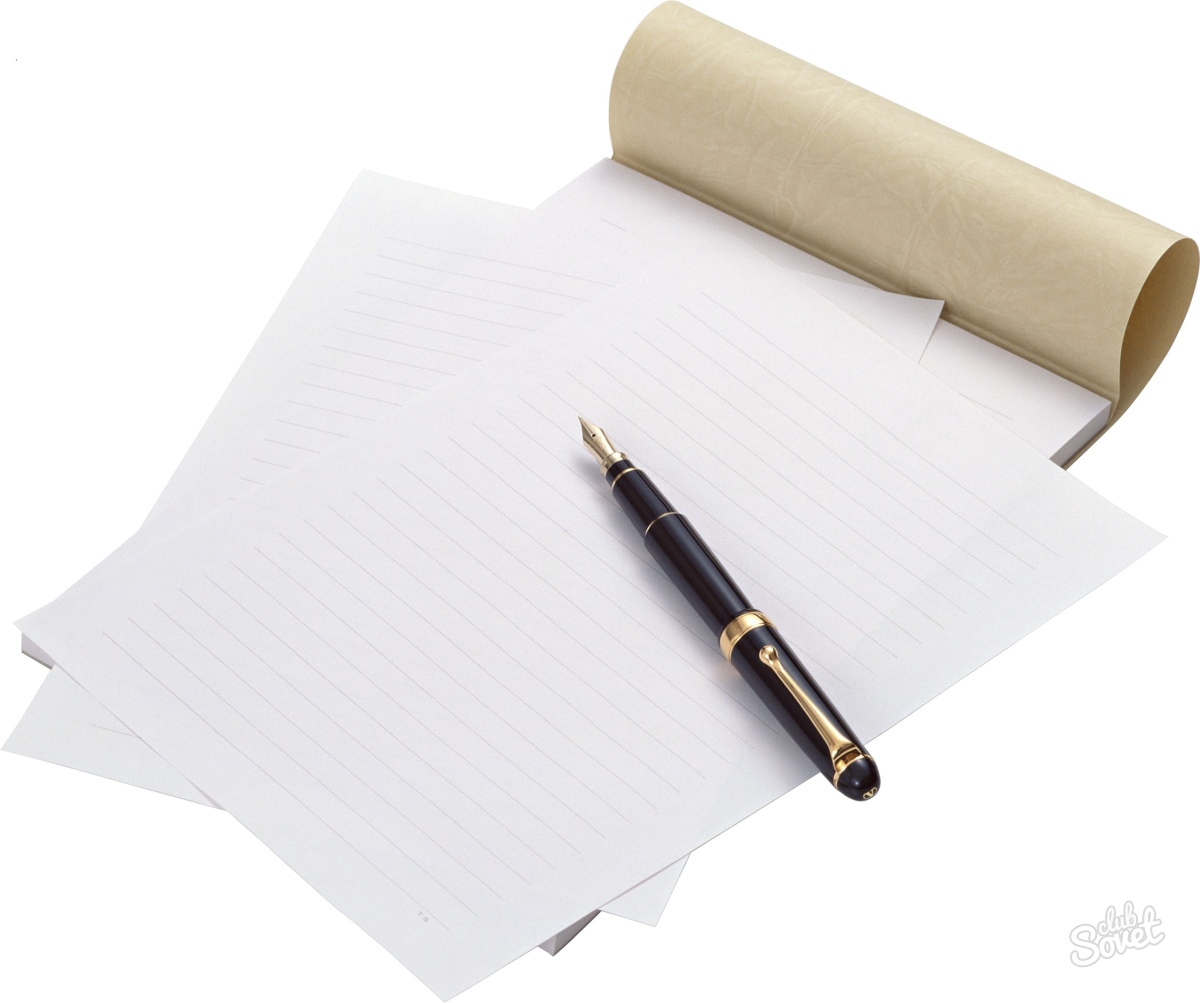

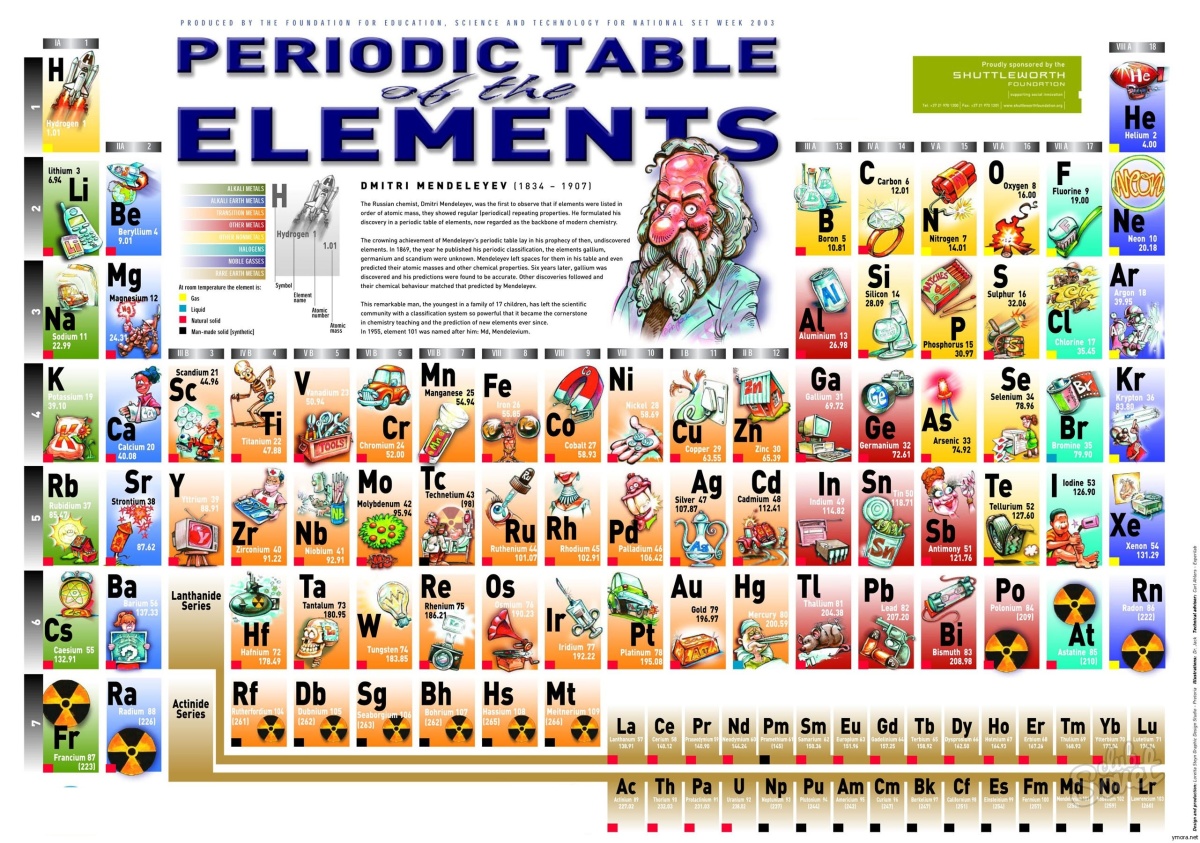

We hope that the alternative methods for studying Mendeleev's periodic system of chemical elements presented in the article will help you in its development and understanding.
How to learn the periodic table? Sooner or later, every student has to face this problem. Fortunately, the task seems difficult only at first glance. The simple memorization techniques described in the article will help you quickly and easily deal with it.
How to learn the periodic table: the beginning of the journey
It's no secret that repetition is the mother of learning. How to learn the periodic table if the student does not return to it again and again? Be sure to print the material and carry it with you everywhere. It is necessary to repeat the elements every time when there is free time (in a queue, in transport, at a break).
An even more efficient option is to create a copy of the table manually. This method is ideal for schoolchildren who have the most developed kinesthetic. While rewriting the table, you can not only learn some elements, but also better understand its structure, which also contributes to effective memorization.
You should not set unattainable goals, it is impossible to learn the entire table in a day. It is enough to memorize a few elements a day, and then repeat those that were previously studied.
association game
How to learn the periodic table? For better memorization, you can connect. For each element, you need to compose a small story, and it is not at all necessary to make it serious. It is possible that a funny story will quickly be deposited in memory. For example, Argentina got its name in honor of argentum (silver), as the first settlers discovered a lot of silver in this land.

Don't waste time making up stories to remember simple elements. It's very likely that the memory already contains the information that hydrogen is H. It's best to focus on what seems to be the most difficult.
Images
How to learn the periodic table if the methods described above do not help? Pictures will come to the rescue, which depict objects that are often found in Everyday life. Each element that needs to be fixed in memory must be associated with a particular pattern.

It is not necessary to spend time drawing pictures. How to quickly learn the periodic table? You need to print cards with all the elements or create them manually, and then attach each sheet to a specific item in the house. Let's say you can "call" a table hydrogen, imagine how it turns into a hydrogen bomb and explodes. You can also imagine that the refrigerator has a nose that allows it to breathe (oxygen). The main thing is that the images are bright and not too complicated.
Table split
How to quickly learn the periodic table? Experienced teachers advise to divide it into parts with their own hands. Many tables are already categorized, which include different types elements. As a rule, such categories are indicated by different colors. However, the student can create a template that is easy to remember on his own, so the material is better deposited in memory.

For example, you can arrange elements by gravity, arrange them, moving from the simplest to the most complex. You can also learn a table by columns or rows. The main thing is to use the new template comfortably.
Modern Method
The periodic table, the photo of which can be seen in this article, will easily be stored in memory if you turn to special flash games. Programs have been created that help memorize elements in a playful way. Flash games involve searching for elements by letter designation, name, mass.
Interestingly, the player can work not only with the entire table, but also with one of its parts. A timer that complicates the task is optional.
The Ballad of Magnesium
How to remember the periodic table? Why not write a little song dedicated to her?! Sodium, calcium, rubidium - rhymes for the names of the elements are selected very easily. By the way, you can not only compose a ballad that makes it easier to remember, but also find a suitable option on the global network.
Obviously, a song can always be abandoned in favor of a poem if writing it seems like an easier task.
Little tricks
The periodic table includes more than a hundred elements, so it is worthwhile to start memorizing it in advance. Why not hang the material over your desk long before its knowledge is really needed? Observing the names of chemical elements every day, the student will automatically memorize them. This will come in handy when you have to start studying the table in earnest.
It is not at all necessary to memorize new elements created by man. Most teachers do not require this. We are talking about elements endowed with increased radioactivity, which pose a serious danger (after 112). It's also good to force yourself to do something from time to time. test papers testing the acquired knowledge. Assignments can be found in textbooks or on the Internet.












